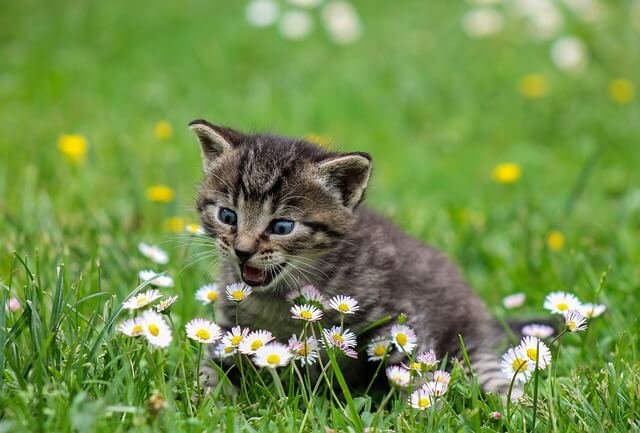Welcome to a comprehensive guide on understanding cat behavior. Cats are fascinating creatures that have been domesticated for thousands of years. Their mysterious and independent nature has intrigued humans for generations. In this article, we will delve deep into the world of feline behavior, shedding light on their instincts, communication, body language, and common behavioral issues. Whether you’re a seasoned cat owner or considering bringing a feline friend into your home, understanding their behavior is essential for a harmonious and enriching human-cat relationship.
The Feline Family: Instincts and Evolution
To truly grasp a cat’s behavior, we must first explore their origins and evolutionary background. Cats belong to the Felidae family, which includes both domestic and wild felines. These creatures evolved as skilled hunters, honing their predatory instincts over millennia. Even domestic cats retain these primal instincts, which significantly influence their behavior in the modern world.

The Communication Code: Meows, Purrs, and Body Language
Cats are excellent communicators, and understanding their unique language is key to interpreting their needs and emotions. Vocalizations, such as meows, purrs, and growls, serve as a primary means of communication. Each meow or purr can convey different messages, from seeking attention to expressing discomfort.
Moreover, feline body language is incredibly nuanced. The position of their ears, tail, and body posture can speak volumes about their mood. For instance, a cat with raised fur and an arched back might be feeling threatened, while a relaxed and purring cat is likely content and happy.
The Enigmatic Purr: What Does it Mean?
One of the most intriguing behaviors in cats is their purring. While it’s commonly associated with contentment, purring can also indicate various other emotions, such as pain, anxiety, or even self-healing. Studies suggest that purring might have therapeutic benefits for cats, promoting healing and reducing stress.

Social Structure: Solitary Hunters to Domestic Companions
Cats are natural solitary hunters, but they have adapted to live in social structures, both in the wild and as domesticated pets. Understanding their social needs is vital for providing a conducive and enriching environment for our feline friends. Creating a stimulating indoor environment with toys, scratching posts, and climbing structures can satisfy their natural instincts and prevent boredom-related behavioral issues.
Cat’s Daily Rituals: Sleeping, Grooming, and Playtime
Observing a cat’s daily routines can offer insights into their behavior. Cats are crepuscular animals, meaning they are most active during dawn and dusk. They spend a significant portion of their day sleeping, which is entirely normal for their predatory nature.
Grooming is another essential aspect of a cat’s behavior. Not only does it keep their coat clean and healthy, but it’s also a way of self-soothing and bonding. For multi-cat households, grooming each other is a sign of social harmony and trust.
Playtime is crucial for cats, especially young kittens. Engaging in interactive play with your feline companion not only strengthens the bond between you but also helps them release pent-up energy and sharpen their hunting skills.
Common Behavioral Issues and Solutions
While cats are generally well-behaved, they might display certain behavioral issues that require attention and understanding. Some common problems include litter box avoidance, aggression, excessive scratching, and inappropriate chewing.
To address these issues effectively, it’s essential to identify the underlying cause. Stress, changes in the environment, or medical conditions could be potential triggers. Providing a stable and secure environment, regular vet check-ups, and using positive reinforcement techniques can help resolve these behavioral challenges.

The Role of Cat Toys and Enrichment
Cat toys and enrichment play a significant role in a cat’s life. Interactive toys, puzzle feeders, and scratching posts are essential for stimulating their minds and bodies. Cats have a natural instinct to hunt and explore, and these toys simulate those experiences, promoting both physical and mental well-being.
Conclusion
Understanding cat behavior is a continuous learning process, and each feline companion is unique in their own way. By recognizing their instincts, communication, and needs, we can forge stronger bonds with our cats and ensure their overall well-being and happiness. Remember, patience, love, and empathy are the keys to nurturing a healthy and harmonious relationship with these enigmatic and wonderful creatures.
So, whether you’re a seasoned cat owner or a soon-to-be feline parent, take the time to understand your cat’s behavior, and you’ll embark on a rewarding journey filled with companionship and joy.



